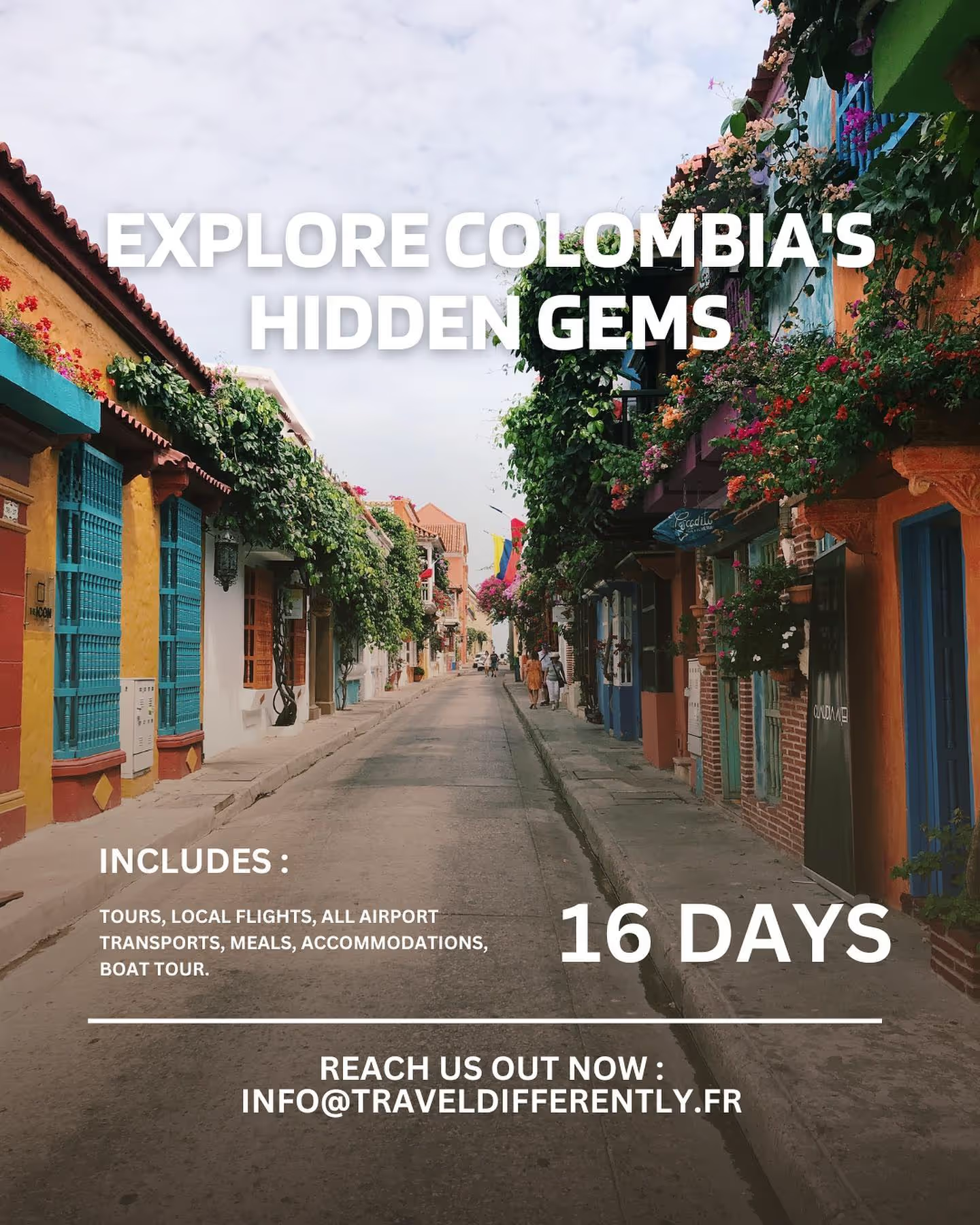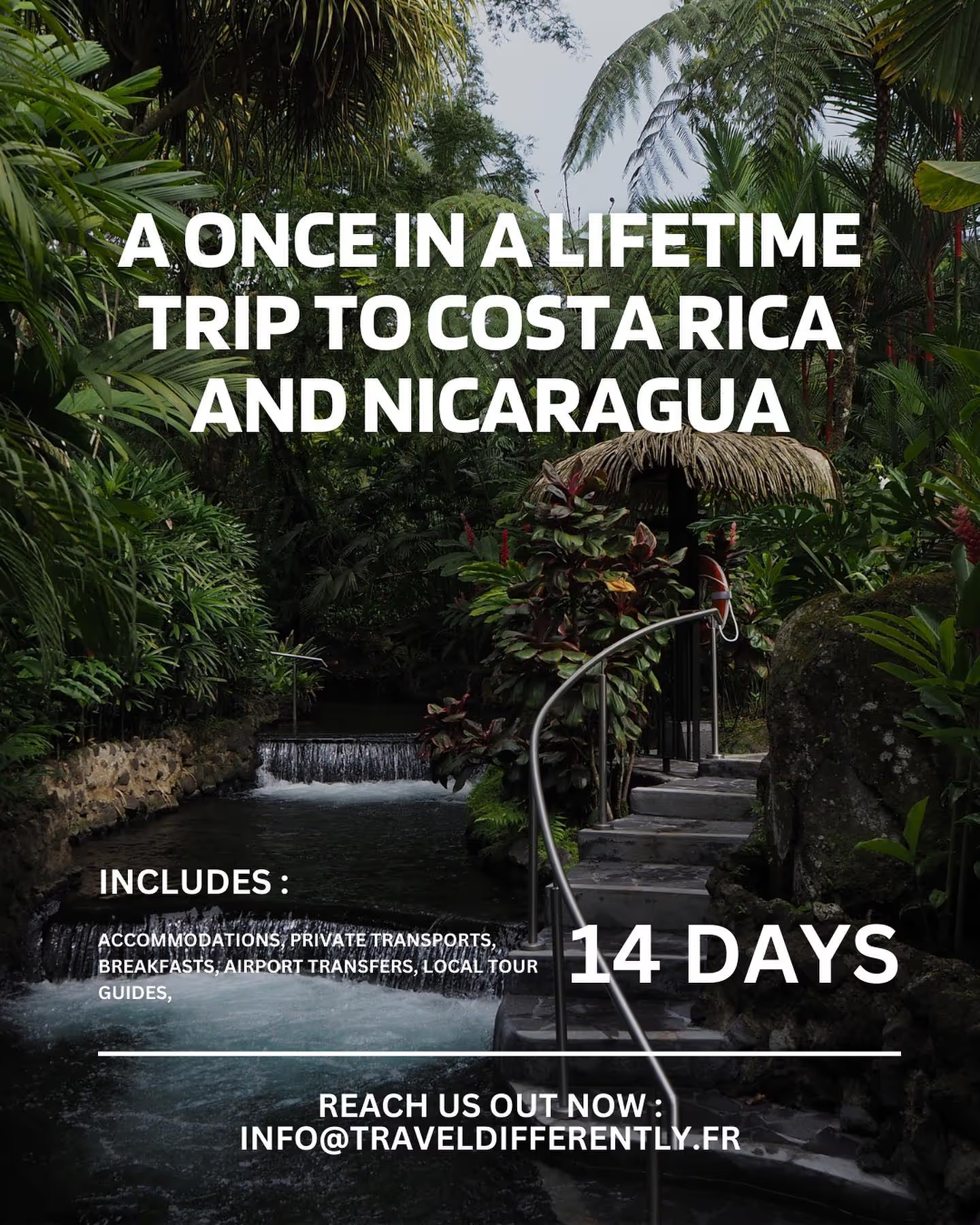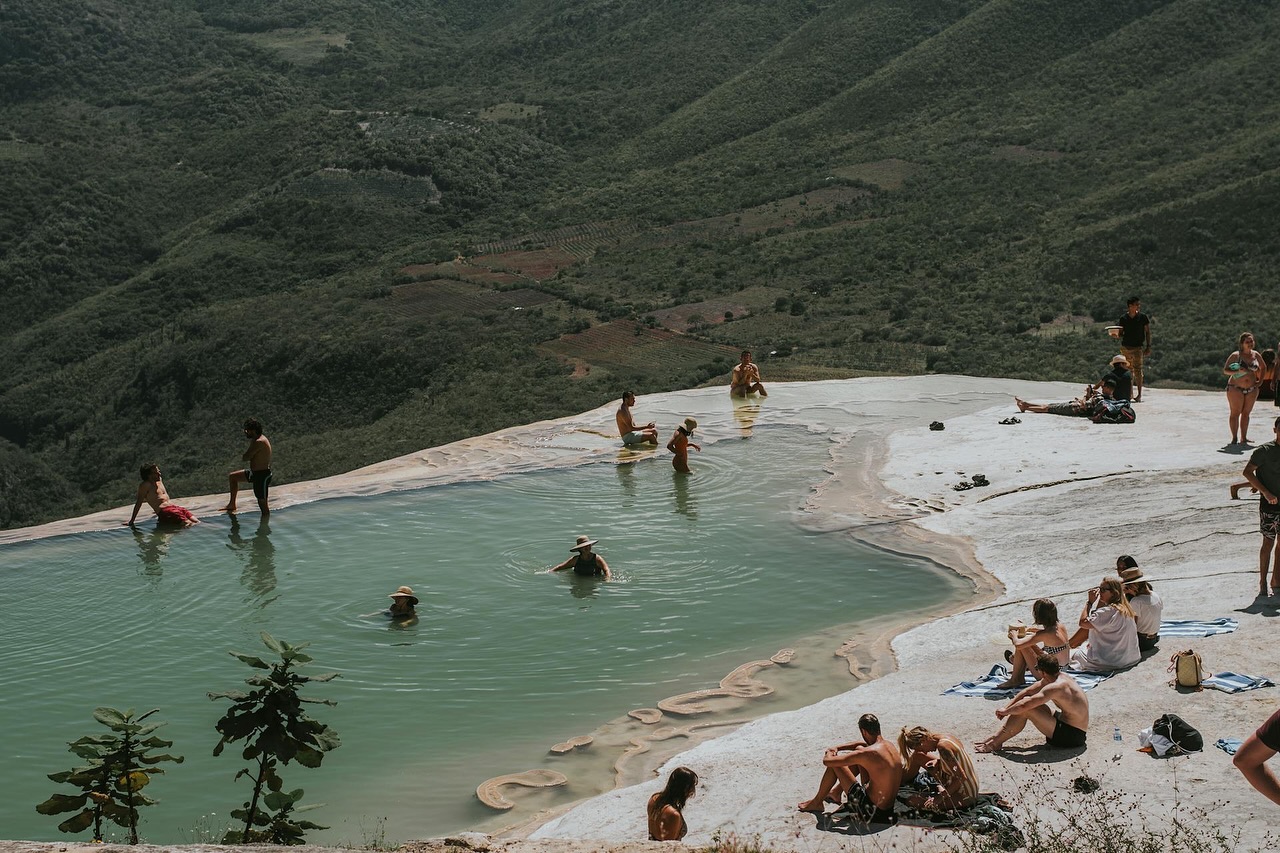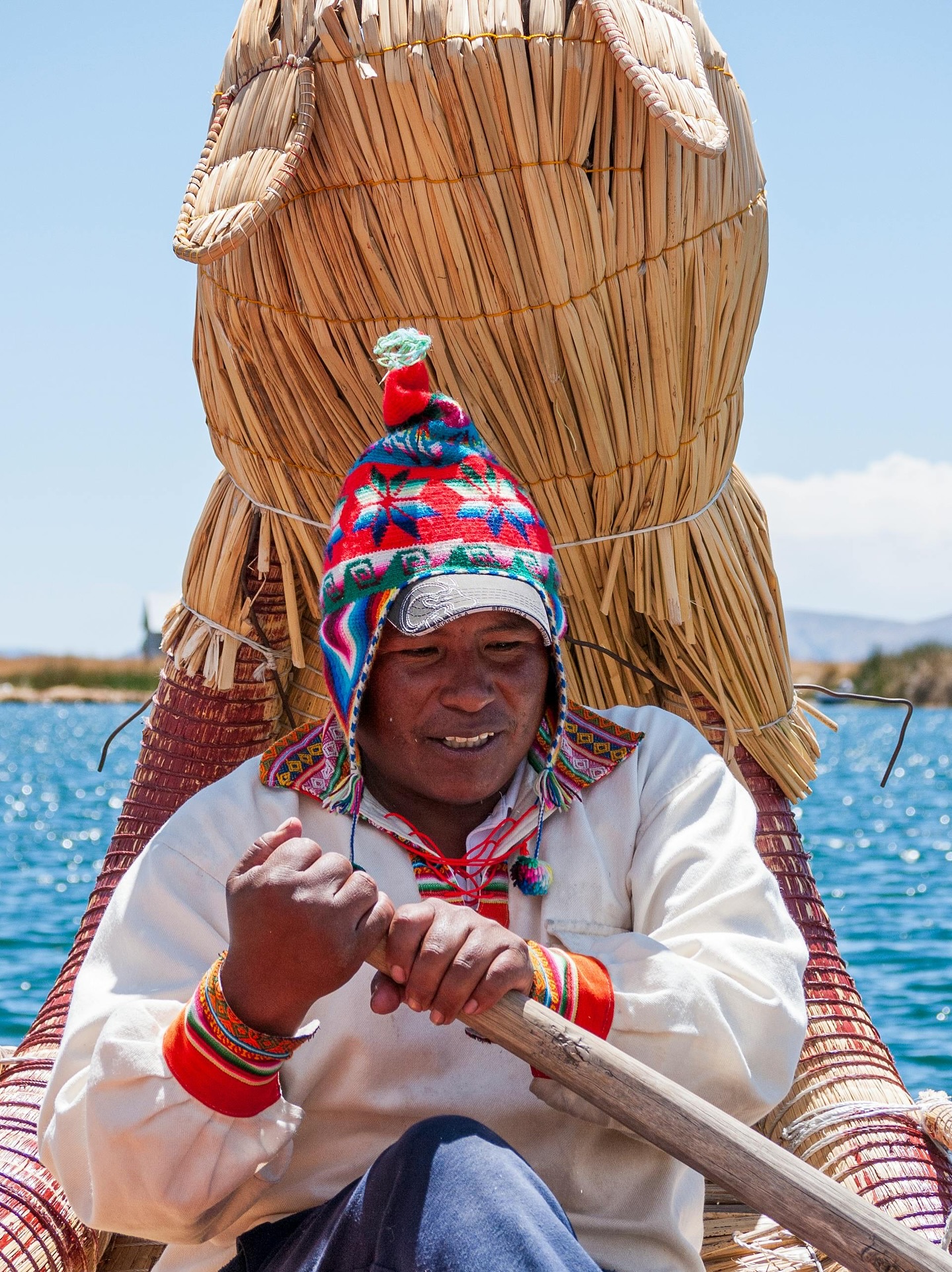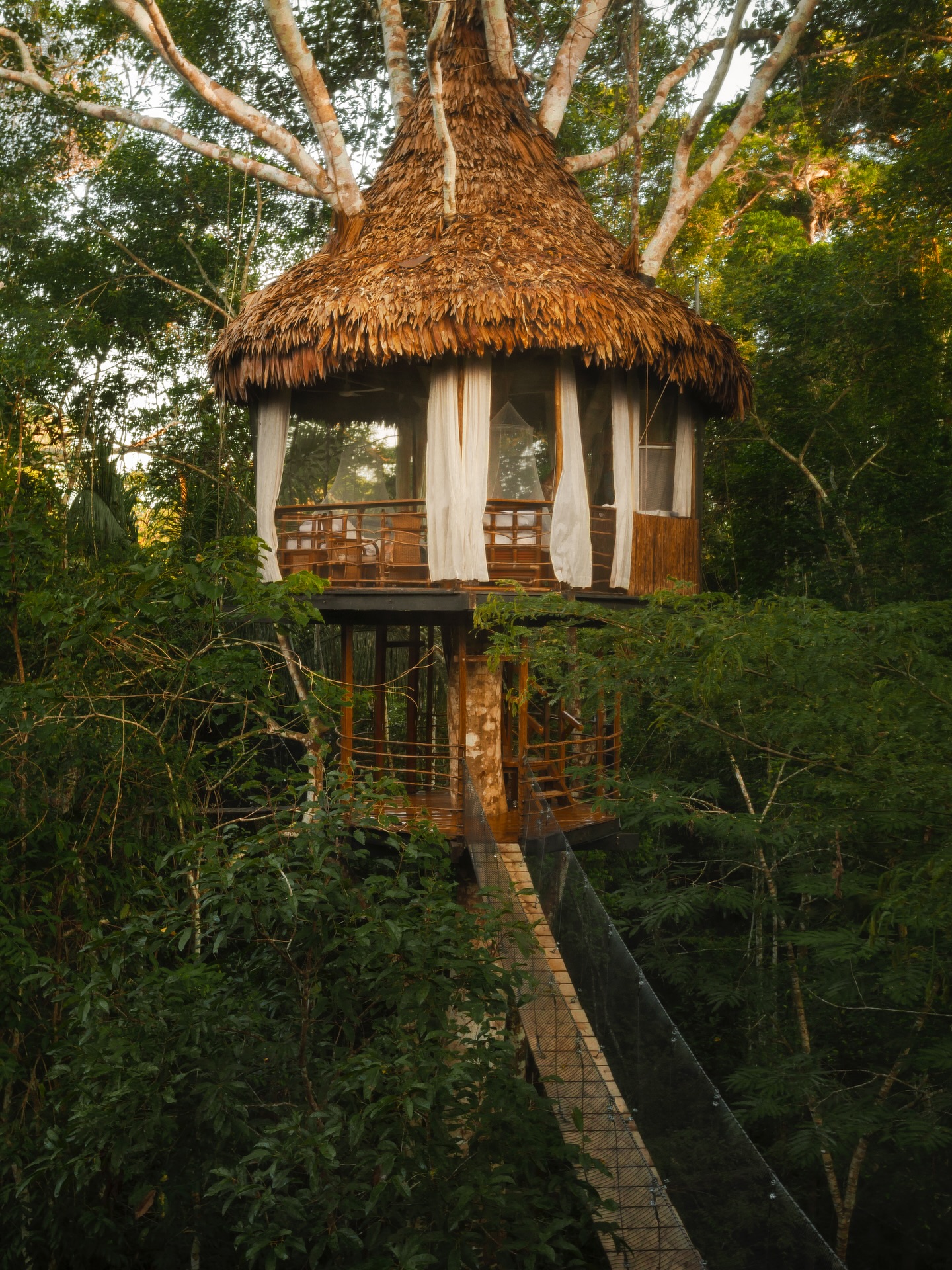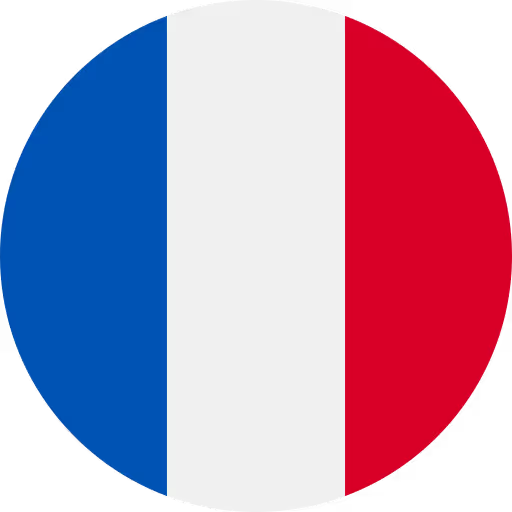Travel Differently and its partners in Peru have compiled all the information you need before your arrival !
Real Peru - General travel information
1. About language
Peru has two official languages: Spanish and Quechua. Basic English is widely spoken.
2. About Time Zone
Peru has the same time as Central USA. Peru does not have daylight saving. -6 through most of West Europe and -7 for Eastern Europe.
3. About Electricity
The electric voltage in Peru is 220 volts, 60 cycles. In most hotel bathrooms, there is an electrical outlet with 110 volts for electric shavers which cannot be used for irons or hairdryers. Some plugs are the same, but usually computers, hair dryers, toasters, etc. have three prongs.
It is advisable to bring a converter for electronic devices with three prongs to use two prong outlets. For an actual appliance (not a computer, camera, etc, but something like a hair dryer) you would need an adaptor.
4. About the Internet/ Wifi
There is Wi-Fi in most hotels and cafes and usually it's free. You may need to ask in reception for passwords.
Personal experience (not with the hotels that Travel Differently booked for you specifically) is that Wi-Fi can be patchy in rooms but if you go to the reception area then you always get a good signal.
There is also Wi-Fi in a lot of restaurants. Internet cafes are plentiful in Cusco, Sacred Valley towns, Aguas Calientes and Lima. Outside of those areas it is difficult to get connected.
5. About phone coverage
You can choose to hook your phone up to an international plan or just have it on you for access while travelling.
Peru’s cell phone coverage in the mountains is patchy at best – there are many areas that do not have cell phone coverage. That is – no one, not even Peruvians, will have cell phone coverage at that time.
6. About altitude and acclimatization
The symptoms of altitude sickness are: headaches, nausea, tiredness, loss of appetite, insomnia and shortness of breath.
For those coming from altitudes significantly lower than Cusco, the following suggestions are to help ease your adjustment :
- Depending on what time zone you are coming from, but try to take a four-hour nap as soon as you arrive. If not, certainly take things very easy on the first day.
- Eat light meals after you have slept.
- Reduce your caffeine intake, your smoking, alcoholic beverages and drink lots of mate de coca (tea made with coca leaves)
7. About stomach upset
The symptoms can be : nausea, vomiting, diarrhoea … the following suggestion must be respected:
- Avoid uncooked (raw) vegetables, fruits you cannot peel, ice in drinks or salads (unless at good standard restaurants) and tap water.
If you are affected make sure you rest and drink lots of liquids (tea, or oral dehydration solutions available in pharmacies). If the symptoms persist, you may like to visit one of the private clinics in Cusco. A Clinic that treats foreign visitors is: Clinica Pardo, 710 Avenida de la Cultura.
In case of emergency the phone number is : 264162. Or your guide will sort out if necessary. The phone number of your guide will be transmitted to you as soon as you arrive (necessary in case of emergencies).
8. About entry requirements
Most citizens from the Americas, Western Europe, Australia or New Zealand do not need a visa to enter Peru. For more information, ask the Peruvian diplomatic representative closest to you. To find the address or telephone number you may visit the Peruvian Ministry of Foreign Affairs website www.rree.gob.pe (it is in Spanish).
9. About water
Tap water in Peru is unsafe to drink.
Bottled water is readily available everywhere at cheap prices or we recommend that you bring a re-fillable Nalgene-style bottle and refill in your hotel. We recommend using purified water even for even teeth cleaning. If you don’t have access to bottled water, always purify the water first by boiling it or adding purification tablets such as Micropure which can be easily bought in most pharmacies throughout Peru (make sure that you read the instructions before using them).
Say NO to Plastic Water Bottles and Bags !
Every time travellers buy a plastic water bottle, they are contributing to a solid waste problem that is reaching epic proportions not only in Cusco but all over Peru (and the world). In addition to the water in bottles, the production of a 1-litre plastic bottle takes 2 litres of water and 200 ml of oil. A large proportion ends up in one of Peru´s limited landfills or discarded in waterways and natural environments. What resources Peru’s municipal governments have been used to fight poverty, not improve the environment.
There are few government or privately sponsored programs for plastic collection and recycling in Peru, so everything ends up in open landfills or, as is the case with the Urubamba, floating downstream to the Amazon. Nearly 200 million plastic bottles are produced every month in Peru alone, and a good chunk of these are consumed by tourists—who need a few litres of purified water for each day.
Here’s how travellers can do their part to resolve Peru’s plastic addiction:
- Carry a reusable hard plastic or other water bottle and fill it with treated or boiled water.
- Buy drinks and water in refillable glass bottles.
- Reuse plastic bags over and over and do not accept new ones – or buy a brightly coloured “Bolsa de Mercado” (Peruvian market bag) and have a wonderful memory to take home!
- Bring your own reusable bags for groceries and snacks.
- Spread the word.
10. About food
In most good restaurants, purified water is used to wash fruit, vegetables and salads. If in doubt, ask ! If you want to be extra careful stick to salads made from boiled veggies (carrots, beans, beetroot, boiled eggs, etc.) and avoid the lettuce leaves which are often washed at source in contaminated river water.
For the vegetarian vegan traveller, there are many restaurants and choices to choose from and as time passes it is becoming easier and easier to find alternative options were necessary to suit any diet(s) or allergy restriction(s).
Fruit in Peru is plentiful and delicious, but ensure that you wash it or peel it yourself. Also, avoid undercooked and reheated food. Shellfish are a particularly high risk and so is Ceviche (raw fish marinated in lime juice). They are all delicious, however, and should be safe in well-run hygienic establishments.
The most common problem encountered by the traveller in Peru is diarrhoea (between 30% and 40% of travellers in a 2-week stay experience this to some extent), but the majority of these upsets will be relatively minor. Don't become paranoid; trying the local food is part of the experience of travel.
11. About Money
The Peruvian currency is the Nuevo Sol (S/). At the time of writing the exchange rate is 3.8 soles to the US dollar, but is likely to change. You will use Soles when buying anything on the street, paying taxis, making phone calls, buying water, etc.
Cash machines are now common in all larger cities and generally they provide you with the option of making your withdrawal in soles or dollars. We recommend carrying a mix. The problem with ATMs is that they issue high denomination 100 S/. notes which are hard to use, because no one has changed. (i.e. if buying your water from a small vendor you would be expected to use small change but nothing larger than a 10 Soles
note.)
You can also change money from USD to Soles at your hotel reception (usually gives a poor exchange rate) or at a “Casa de Cambio” which lists the current rate on a sign. US dollars are welcome at many tourist class shops, and restaurants at lower than current exchange rate.
The expensive restaurants and hotels catering for travellers accept main credit cards, including visa, master card, Diners and American Express.
Our recommendations :
- We recommend carrying a mix of cards and cash.
- Call your bank make sure they know you're out-of-country dates and location so they don’t turn off your credit / ATM card
- Know which banks in Peru have agreements with your credit or cash-line card so that you know which one won’t charge exorbitant fees.
Real Peru - Health recommendations for traveling
For people with medical conditions it’s important that you see your doctor and explain that you will be at high-altitude if you have any underlying issues such as heart conditions. Some pre-existing medical conditions are known to severely worsen at high altitude and be difficult to adequately treat on the ground, leading to more serious consequences. It is imperative that you discuss your pre-existing medical condition/s with your doctor. These are some vaccinations that you might like to ask about – and make an informed decision with your doctor. Although malaria is not an issue where you are travelling there are still mosquitoes and biting insects i.e Machu Picchu.
1. About vaccination :
Yellow fever
A yellow fever vaccination is NOT required by Peru, though it IS recommended if you are travelling to jungle areas.
About Malaria
When you speak to a travel specialist they will have Malaria on the list of medications for Peru. If you will not be going to the jungle then malaria medications are not necessary. If you are going to the jungle then you should speak to your doctor about the pros and cons of Malaria medication.
Others like any trip
Some of the most common vaccines recommended for travelers to Peru include those against typhoid, hepatitis A and B (and sometimes rabies). These vaccines help to protect travelers from serious and potentially life-threatening illnesses that may be prevalent in certain parts of the country. It's important to speak with a healthcare provider or a travel medicine specialist before traveling to Peru to determine which vaccines are appropriate for you and to ensure that you have the proper documentation for entry into the country.
2. About Altitude Sickness
We understand certain medications are reported to aid acclimatizing to high altitude. You should discuss with your doctor the pros and cons of Altitude Sickness medication and how they relate to you.
3. About Insurance
Travel insurance is important. At a minimum, you should ensure you are covered for flight cancellation/disruption and medical care. You may already have some coverage through a health insurance plan or perhaps insurance through your credit card provider. Check what you have already then you can see what you need to add. US citizens can consult the US State Department’s Health Abroad pages: US State Department of Health: Your Health Abroad.
If you are not covered, this article will probably help you to find the best insurance.
Real Peru - Other tips for the rest of your trip
1. About safety
Many national governments provide a regularly updated advice service on safety issues involved with international travel. We recommend that you check your government's advice for their latest travel information before departure.
Some countries have a website where you can register where you will be travelling and we recommend following their advice so that they can provide you with support in case of emergency.
While "out and about" I suggest you leave your passport and the bulk of your money, credit cards, etc. in the safe deposit box of your hotel. Only take with you the money you intend to spend. Carry a photocopy of the picture page of your passport for ID purposes.
I can recommend the use of a neck wallet or money belt while travelling, for the safe-keeping of your passport, air tickets, cash and other valuable items. Leave your valuable jewellery at home – you won't need it while travelling.
While Peru has become much safer in recent years, there is still an occurrence of theft, particularly in busy places like markets. Cusco during popular festivals like Inti Raymi or Corpus Cristi. Pickpockets are professional and bags slashing does occur due to people being very crowded situations. Carry few, if any valuables – on your front and in your vision - and double secure your camera to yourself by using a strap. Be conscious of your surroundings without being paranoid.
2. About Taxis
There are plenty of taxis all over Peru in the major cities with very affordable rates. Because none use meters, we recommend you check the likely rate with the hotel and negotiate a price before (not after) accepting a ride. In Lima it is recommended that the staff of your hotel write down the license plate of your taxi before you depart.
3. About tipping
In general Peru does not have a tipping culture, though those places and organizations that work with foreign tourists are beginning to expect a tip.
Tips vary and depend on the traveller's satisfaction with the quality of the service rendered. In most tourist-oriented restaurants, a 10% tip is most appreciated. These people generally earn very low rates of pay and so the tip really helps. Also, if you take photos of indigenous people who are working as"photographic models" in tourist areas, either negotiate a price beforehand or tip generously afterward!
Hotel porter appreciate a small tip, approximately S/1-2 per bag.Make sure you have plenty of small bills to hand out. When you exchange money at the airport, ask for some smaller notes to give as tips to hotel attendants and others who help you along the way. If you are tipping small amounts tip in NUEVO SOLES not DOLLARS, as small notes (i.e. $1 or $5) have a poor exchange rate.
Tips and gratuities are, of course, up to you all. At no stage should you feel obliged to tip!
If you've read this far, you know what most tourists don't know before they leave, so congratulations you're on your trip to Peru with Travel Differently! 👏 😍
NOTE : If you don't know what to pack for Peru, read our article to be sure not to forget anything essential ! 😇
{{component-create-my-trip="/"}}






.avif)

.avif)
.avif)
.png)

.png)
